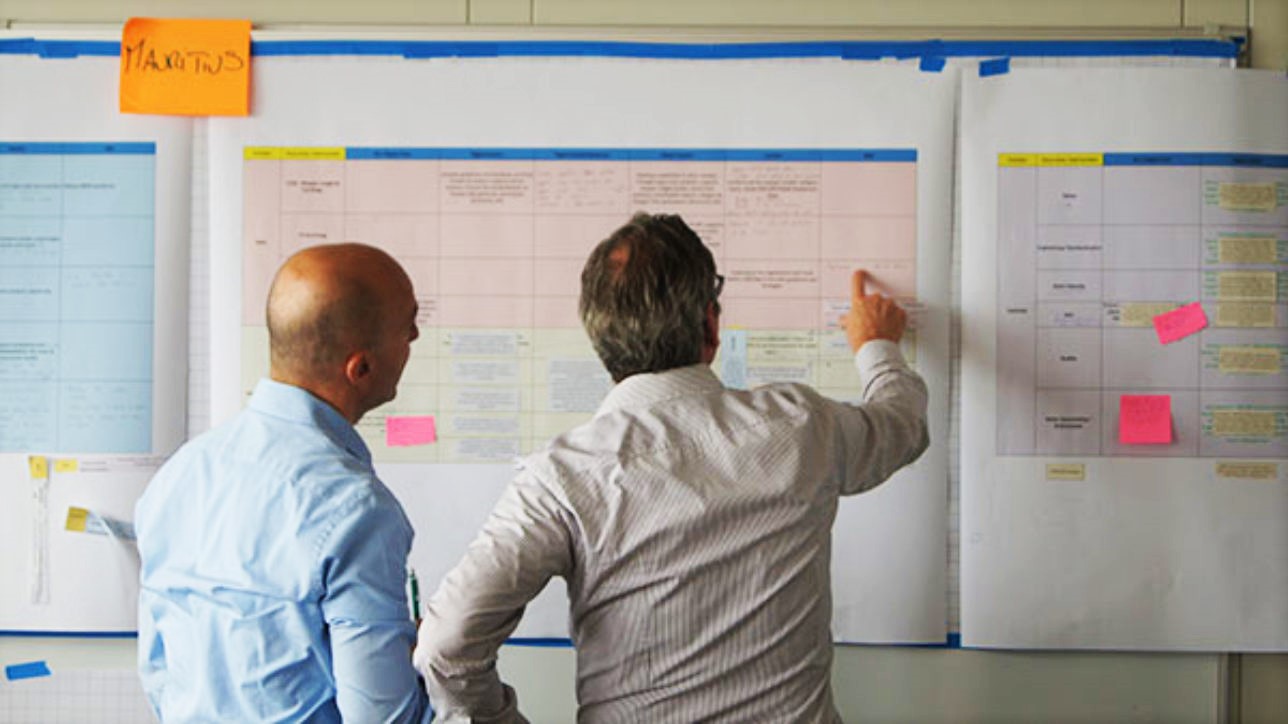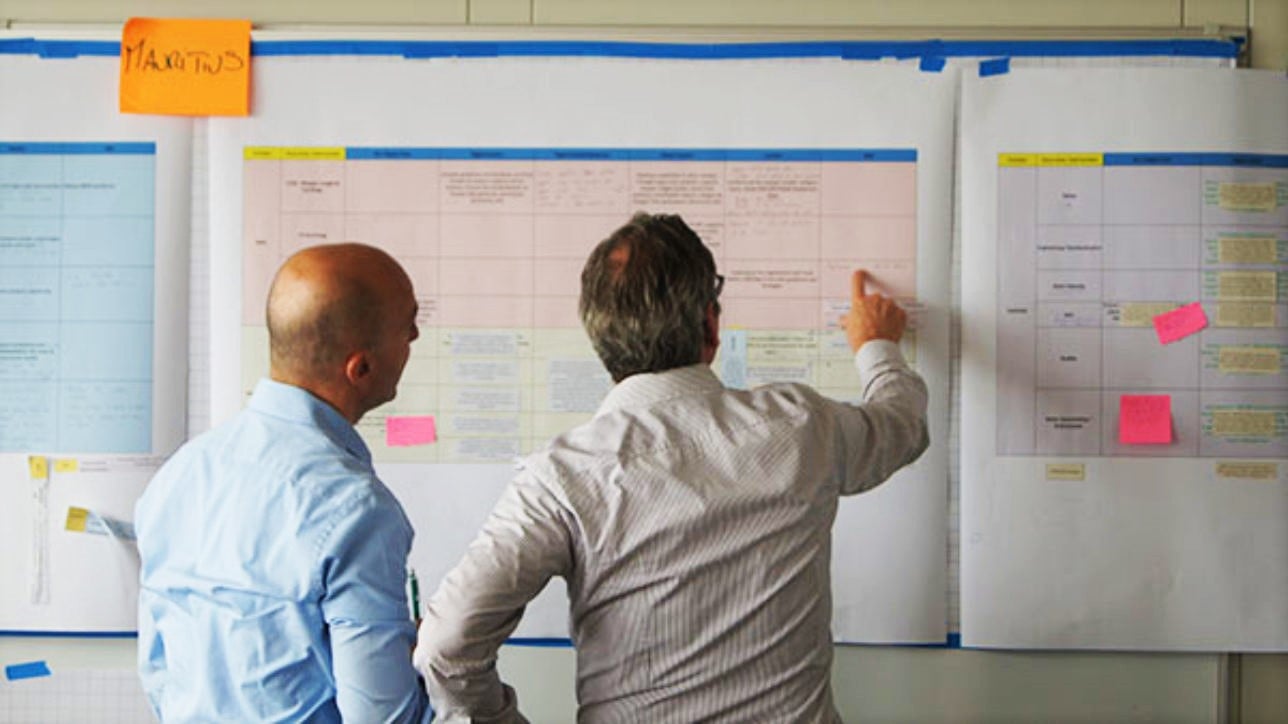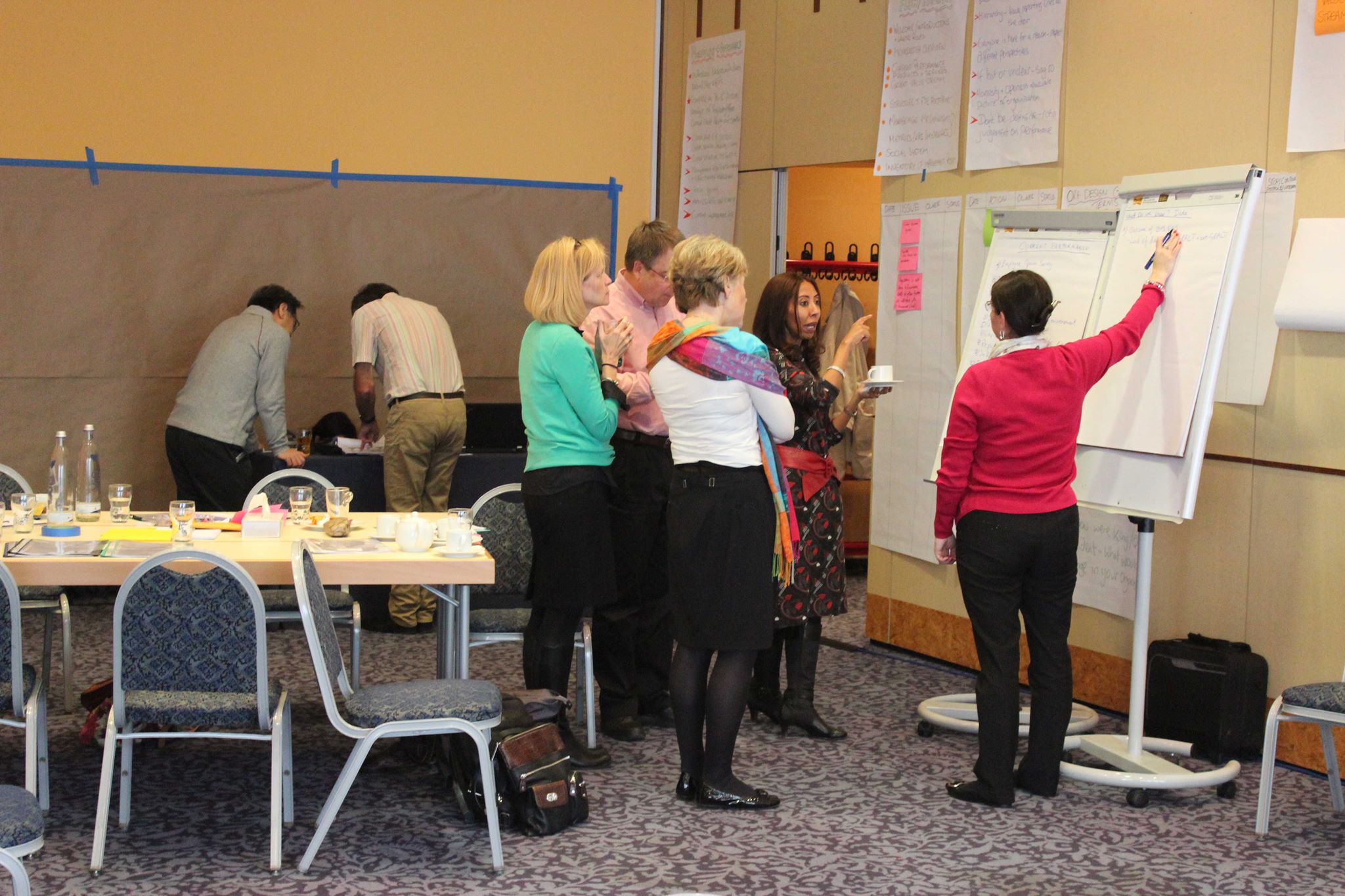3 Pillars of Strategic Organization Design Governance

Through over 30 years of redesigns, our team has seen success, transformation and inspirational leaders of all kinds. We've also seen visions stall, falter and come unstuck.
Let's discuss a few scenarios where organization design didn’t play a part beyond the initial transformation. This dive into Organization Design Governance takes a look at business-as-usual, strategic review, and the value of HR.
Breaking Down Strategic Organization Design Governance
1. Business-as-usual
Organization design should play a role in supporting ongoing business-as-usual decisions to ensure a consistency in the design and a fit-for-purpose approach. It’s time to stop thinking of organization design solutions as one-time processes that occur when big change happens.
Organization Design Governance is the next big thing in supporting your vision. It is the integrated and ongoing process of ensuring a business is fit-for-purpose and aligned with its design and operating model intents, for the long term. It goes beyond business integration, beyond a transformation project, and beyond a scope of change.
The need for strategic Design Governance comes from two very essential underpinnings:
- A company’s business design and operating model ensures it is able to achieve its business strategy and competitive advantage simply and eloquently, and
- Companies suffer from vertical and horizontal fragmentation as you get on with the day job
Consider this scenario.
The CEO of a growing social media company hires a new Chief Marketing Officer (CMO). Let’s call the new CMO John.
During John’s first 90 days he reorganizes his group, combines a couple of teams and adds another role to move the levels of managers from three levels to four. John also has one employee, who he has identified as mission critical, who is on the verge of leaving due to concerns about pay. But they are at their pay grade ceiling as an ‘individual contributor’, so John’s hands are tied to give this ‘at-risk’ employee a pay increase. So John, in his infinite wisdom, gives this employee a raise based on giving him one new direct report, thus moving him from an individual contributor role to now a role leading people.
We’ve all experienced these scenarios where new leaders wish to achieve results and where vital resources need protecting. You work with what you have available to achieve the ultimate outcome of consistency in the team. However, more support should have been available to John in understanding how Design Governance could have helped him avoid crossing boundaries and potentially merging work that could have a knock on affect beyond his team. In this scenario he could have impacted other stakeholders’ responsibilities and ultimately customer value.
Working with experienced HR Business Partners and Organization Development professionals within the organization, as part of induction and ongoing support, could have helped John understand how his team impacts the overall operating model.
In this scenario, John could have played a crucial role in Design Governance by working with the wider leadership team to ask the question of “are we fit-for-purpose”? John’s colleagues and peers could then have collaboratively looked at ways of introducing a variety of solutions from both reward programs and a wider approach to people and talent.
Strategic Organization Design Governance must be considered on an ongoing basis, as both a support to business-as-usual decision making, and to ongoing business planning.
2. Strategic Review
The takeaway from the scenario above is that if the new design is not fully understood by all leaders and their own degrees of freedom, then the business runs a huge risk of each leader distorting or perverting the intended design. This is particularly evident with leaders who are most concerned about their vertical patch of work and responsibilities without thinking about the end-to-end business.
Organization Design Governance therefore plays a key role in staying true to the intended design.
It is critical for any type of transformation whether it’s a business integration, large IT implementation or redesign – ensuring the overall strategic focus and design intents remain in focus. Now, let's look at a scenario around how leadership teams must work together in supporting governance for both the strategic review, and the organization’s ability to continue to be fit-for-purpose.
Consider this scenario.
In early September of every year, business leaders from an FMCG company gather for their business-wide and business-unit goal and priority setting, followed by the painful yet necessary budget planning process. The five-day annual process, owned by the Chief Strategy Officer (CSO), is an integral part of the company’s five year long-range planning horizon and starts with a full day SWOT presentation followed by a day’s critical review of market share, competitors and customer feedback. Day three provides the team with an update on distribution, category management and promising product innovations. Then the one year priority setting and planning begins. The span of time from this early September planning event to the time that budgets are approved is late January or early February – a five to six month process.
So the main question is, when is the leadership team truly asking the question, “are we still fit-for-purpose?” Or rather, “will we still be fit-for-purpose in 1-3 years time?”
Asking this question together as a team mitigates the risk of fragmentation coming from the top. By integrating time up-front, for review of the design, the purpose, the boundaries, the glue, and all other mechanisms that support the structure you’re developing will ensure a continued focus on the business value.
Reviewing results, the competitive landscape, and opportunities is of course crucial, however an integral part of the CSO’s remit is to ensure that all this information is combined to support the right decisions and governance for the strategic vision.
So perhaps the 5 day planning agenda is suitable, if the question of fit-for-purpose is asked before during and after the event. If governance surrounding the fit-for-purpose question is central to the CSO remit, the annual review should become less painful.
If all leadership roles arrive at this planning process with a clear understanding of how the Org Design is structured to deliver against clear strategic objectives, collaboration at this stage can only accelerate the planning and development process and potentially allow leadership to agree budgets and goals sooner.
Design governance is a concept that has more potential to support success than just accelerating decisions. It is a way to keep the organization focused and working as a team, regardless of the threats and opportunities presented.
3. Strategic Value of HR and Talent Management
Over the last few months we’ve looked at how strategic organization design needs to move far beyond being a project to a state of ongoing governance. In practical terms, this means staying “true” to the original organization design intents while conducting yearly reviews of the design and operating model answering the all-important OTM question:
Is our business still “fit for purpose?”
This should be just sensible strategic, operational and commercial understanding of the world of in which we work. Unfortunately, it's not.
During any strategic review, or business planning process, understanding what the future holds is core and often the domain of strategic advisory teams, chief strategy officers and their analysts along with finance teams. HR functions have challenged the business to consider people plans and talent management needs as part of the picture of what the future holds.
Here we share a scenario illustrating the overlap between HR and strategic organization design governance. Specifically, how people plans and talent management play a role in planning for the future.
Consider this scenario.
The leadership team for the ABC Company conducts its business planning and budgeting process every year starting in late summer completing it by end of January. The leadership team is extremely proud of it as well as their performance review and talent planning process. The process is implemented like clockwork each year and if fact, the business sets aside two weeks per month each year – one week in the late winter to conduct performance and development plans followed by one week in the early fall to conduct reviews of progress against those plans. Every employee and leader has this done. This is a solid process, but from an organization design governance perspective, this falls far short.
While the talent planning process is solid, it is completely disconnected from the business planning process and more importantly, aligning the future needs of the business with people plans and talent management 1-3 years out.
In this year’s business planning process and strategic review of the design and operating model, the leadership team identified an increased need for a “global focus” in one part of the business. These globalization plans translated into identifying talent with similar expertise, however with different interpersonal and management skills such as the ability to manage and work with a virtual team. This is something the leadership team hadn’t anticipated.
With HR team members in the room during the design and operating model review, they were able to take the changes in business and breakdown into work and role requirements thus providing a better view of talent needs. These needs were then coalesced into a robust people plan for the business looking 1-3 years out.
Doing this work is extremely effective in ensuring better anticipation of the need for talent in advance, rather than being reactionary in their talent management plans. The process works well in anticipating service demand on the recruiting team, as well helping leadership to plan development investments and head-count requests as part of the annual budgeting process.
The recruiting team goes out to the market and works diligently to attract the right talent for the roles agreed upon for the coming 12-18 months, and this team works closely with the leadership team throughout the year.
Managers in the affected part of the business, have more robust development plans to upskill the people they have in anticipation of the new ways of working.
This may sound like a simple addition to the job specification, however understanding the importance of this as part of the future design and operating model is critical to the success for the coming years, rather than just the next 12 months. People who are currently thriving in the office-based environment, may not in a virtual workforce. This has implications for people plans and talent management across both attraction, development and retention.
So now, as part an integral part of the annual business planning and strategic organization design governance review, a review of how real work is affected in every Function followed by the impacts on roles is included (work to be done, roles to be played, jobs to be filled and how they all fit together as part of the design and operating model).
Going forward, the leadership team at ABC Company has realized the value of including HR as an integral part of the annual planning and budgeting process as well as asking OTM’s favorite question – “are we still fit for purpose?”
By focusing on strategic Organization Design Governance, it has highlighted the significant value of HR allowing HR to become truly a strategic partner.
Mark LaScola is the Managing Principal at ON THE MARK. OTM’s experience and passion for collaborative business transformation that’s supported by pragmatism, systems thinking, and a belief in people is unparalleled. OTM has been in business for 26 years and is a global leader in organization design consulting.
Tagged: Digest Articles



